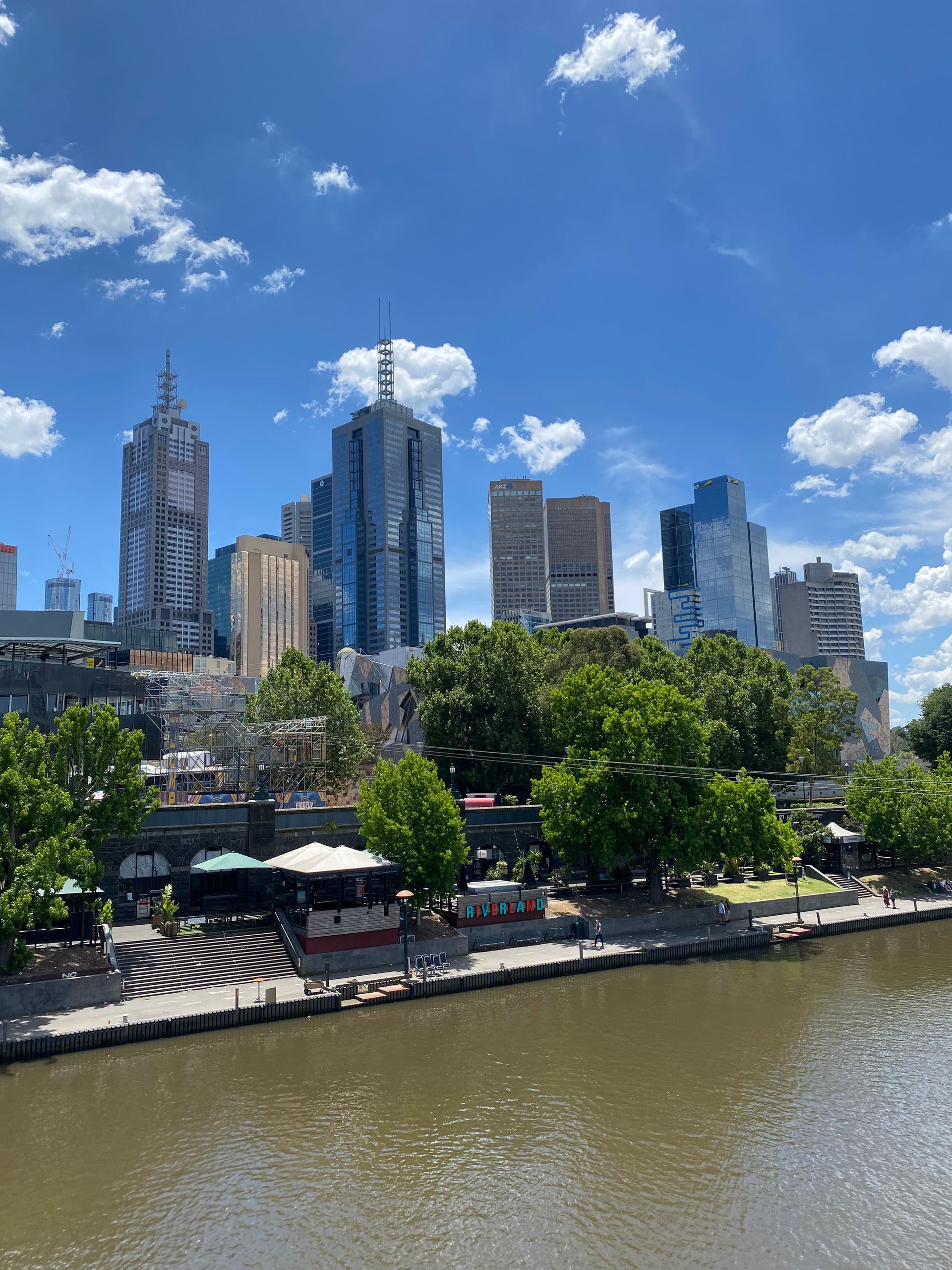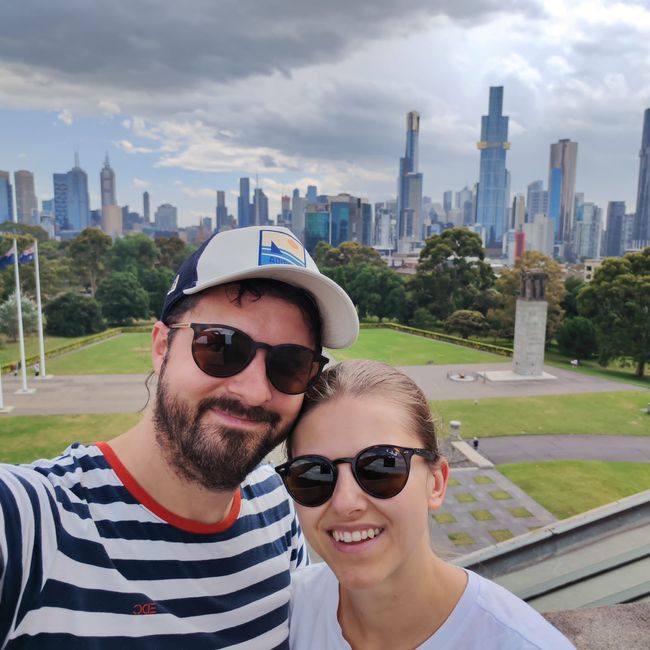Day 35 - Rotorua
പ്രസിദ്ധീകരിച്ചു: 01.02.2023
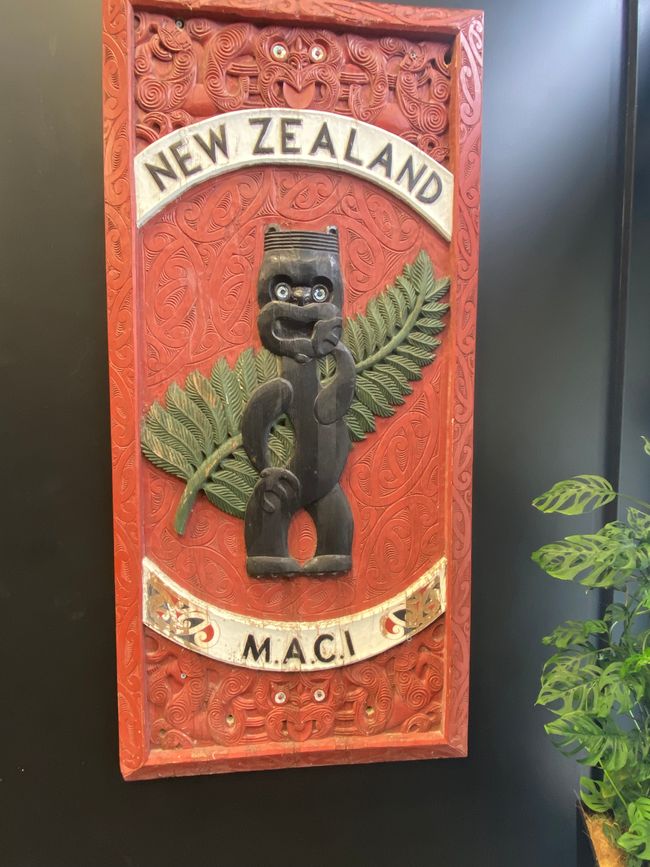
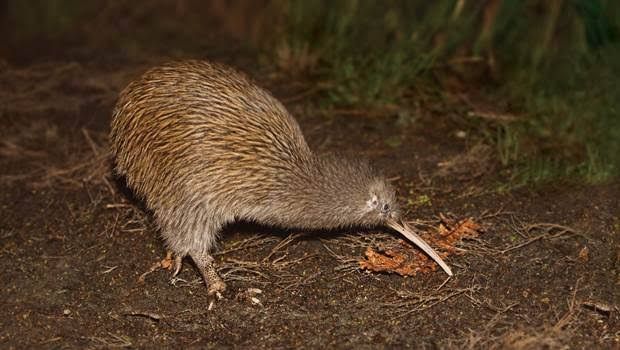
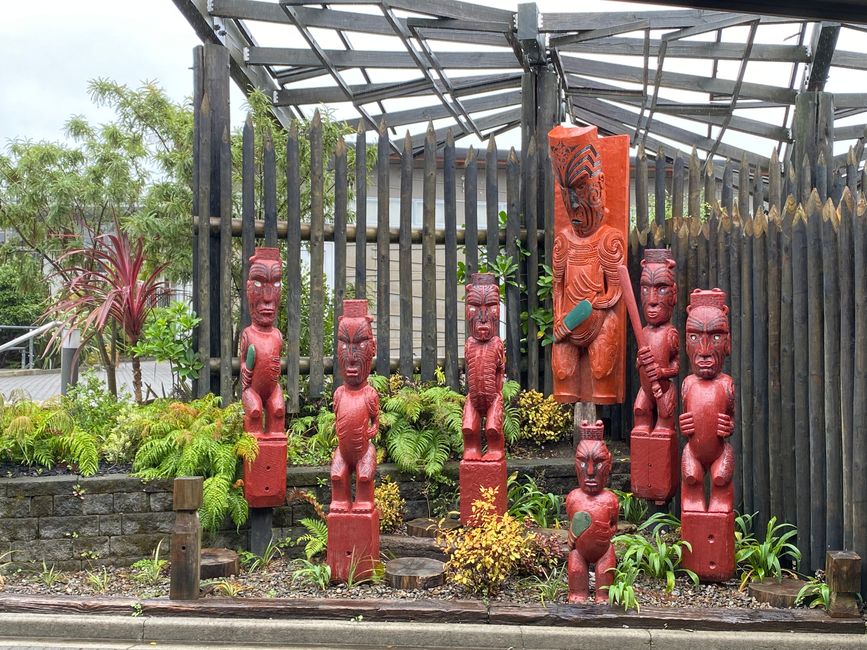
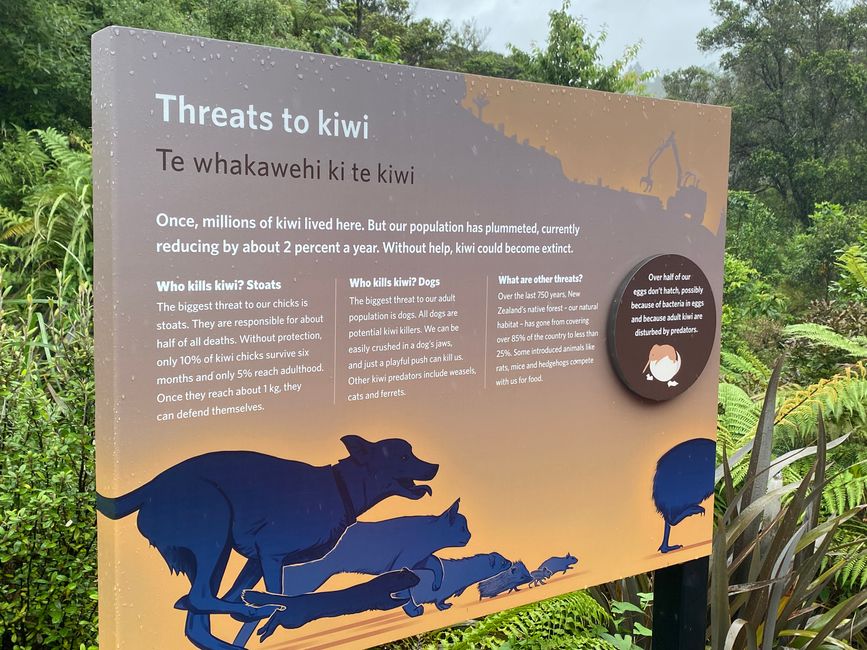
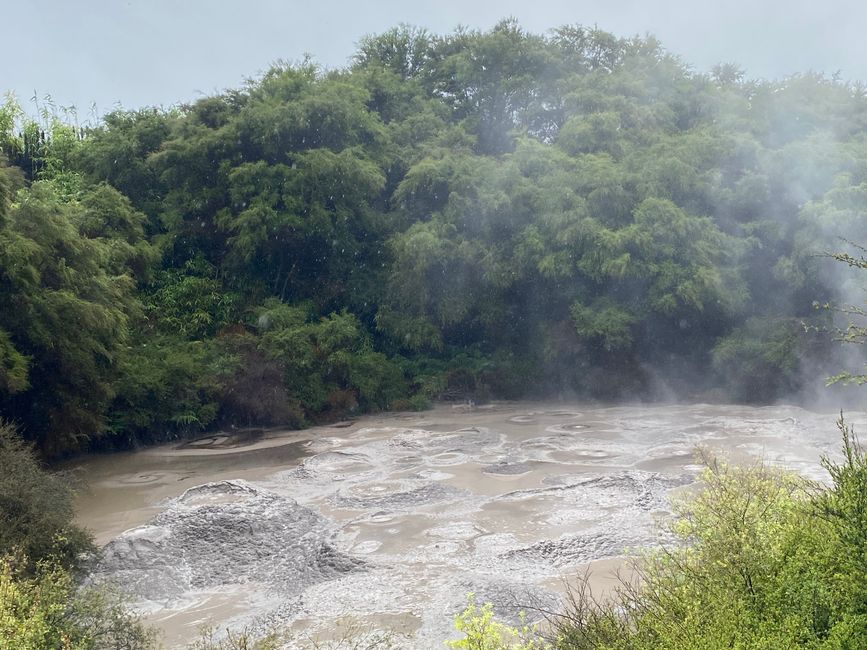
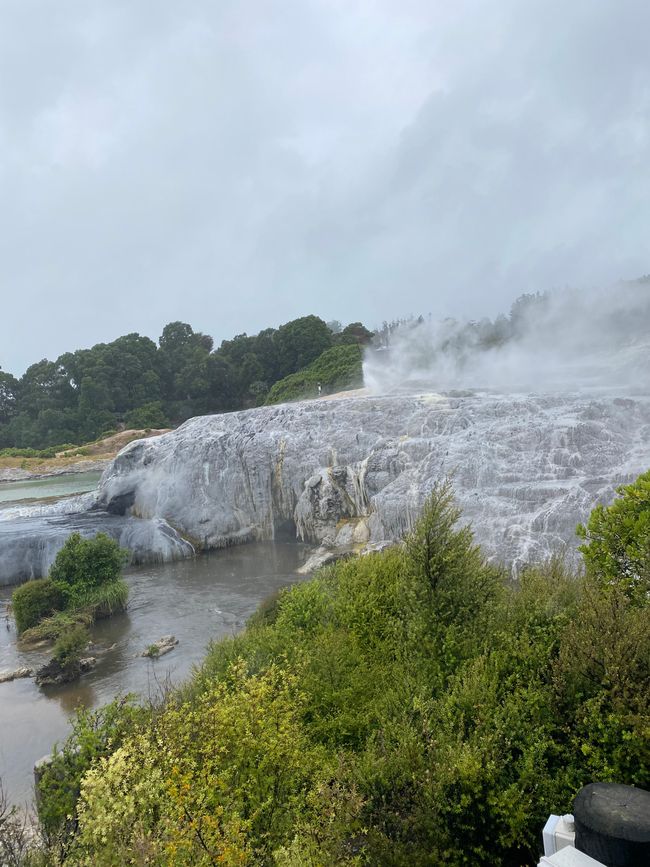
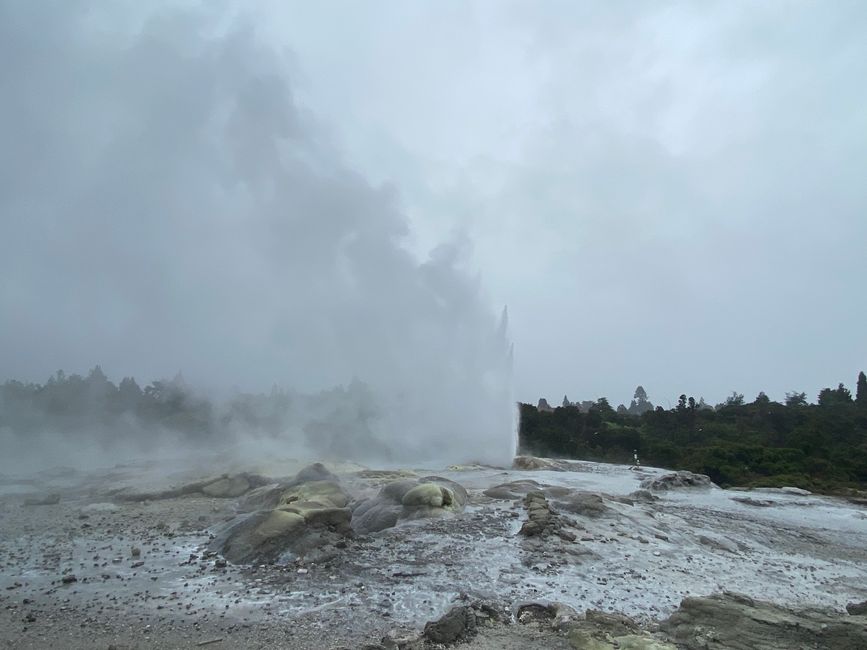
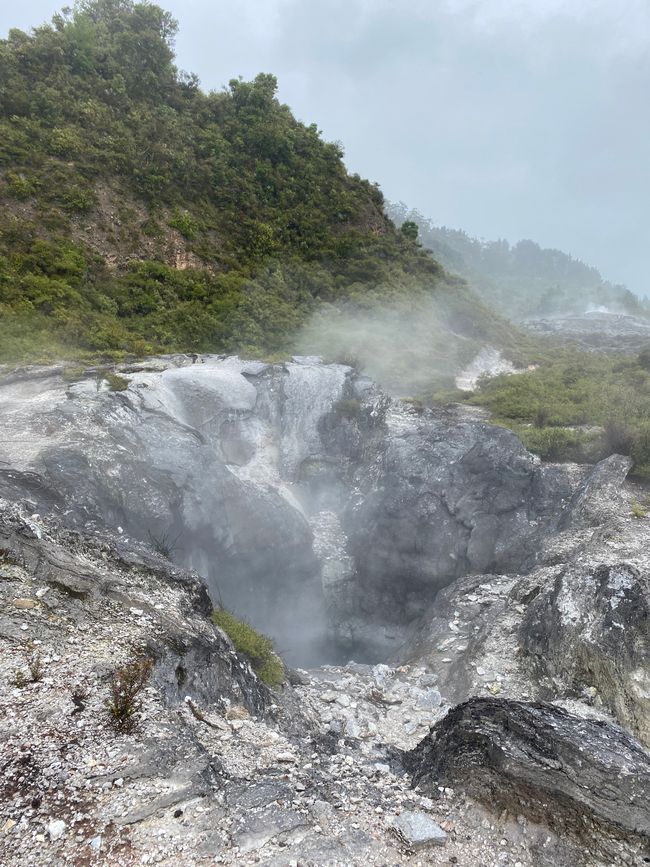
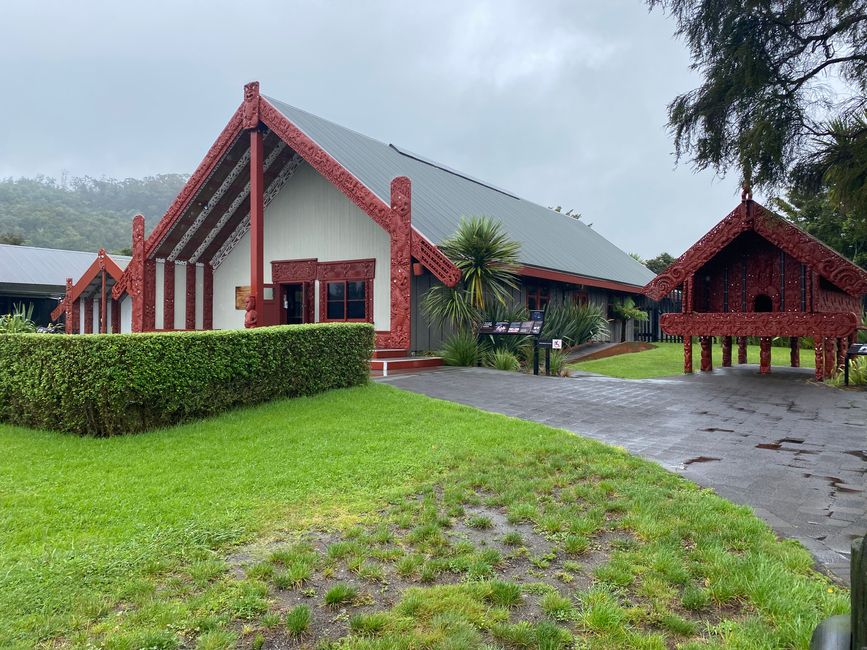
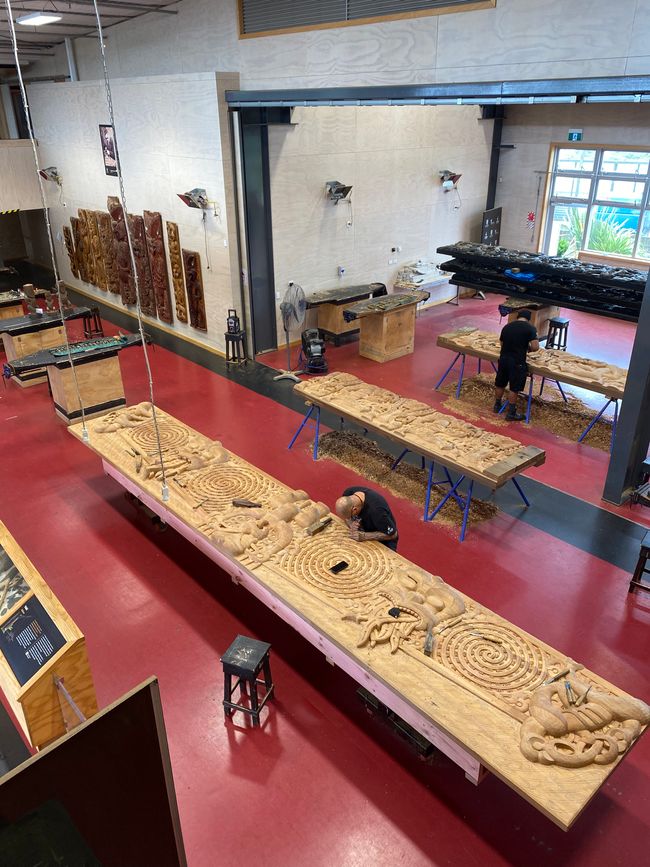
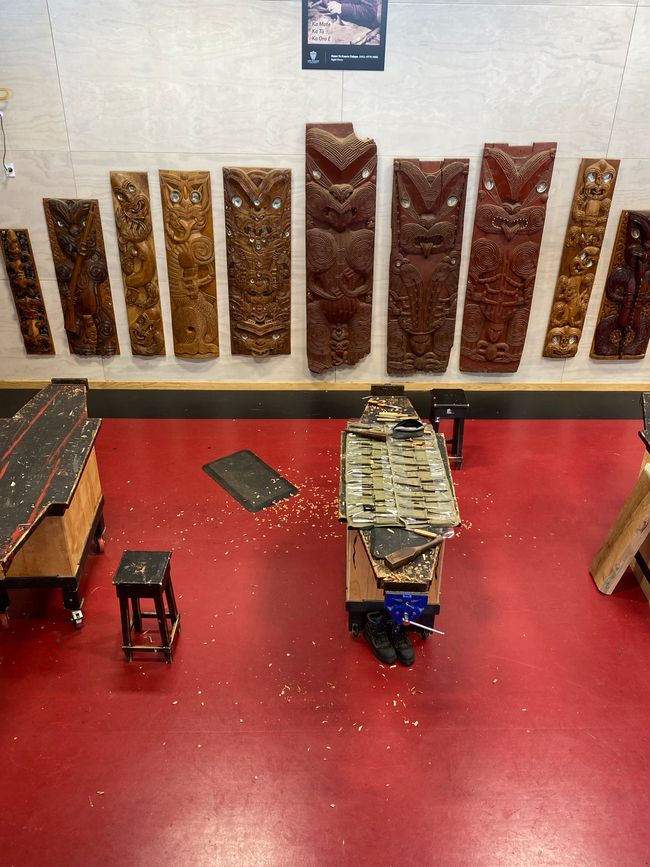
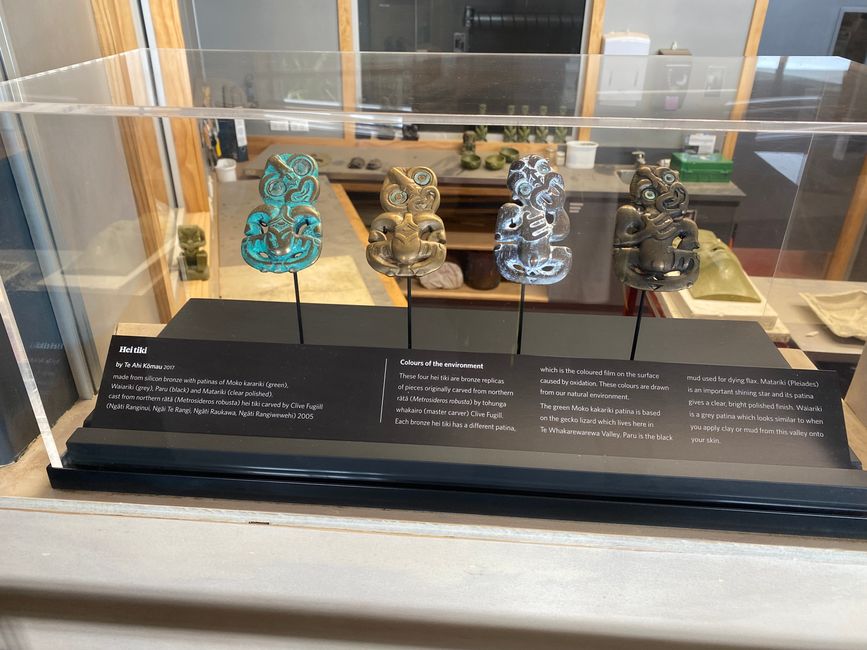
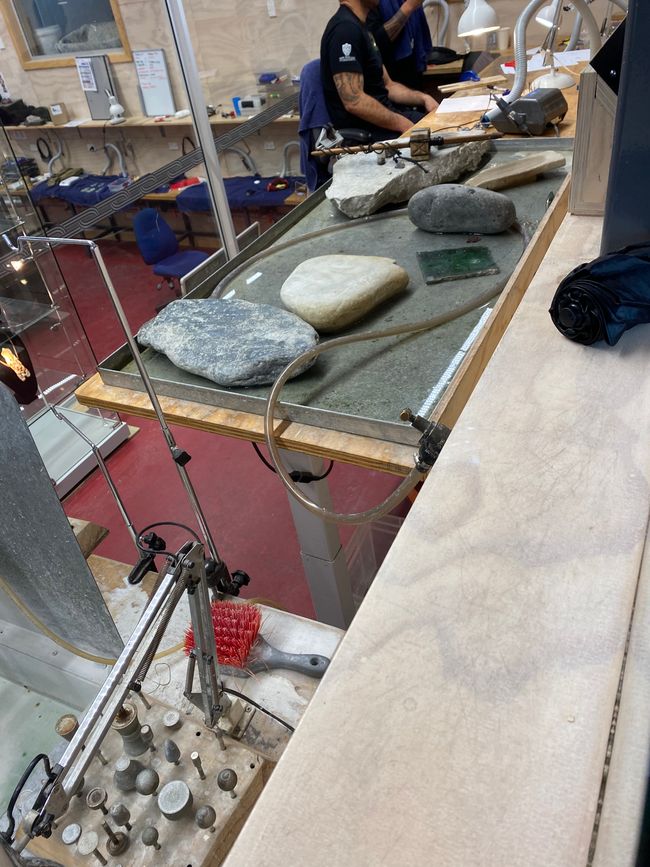

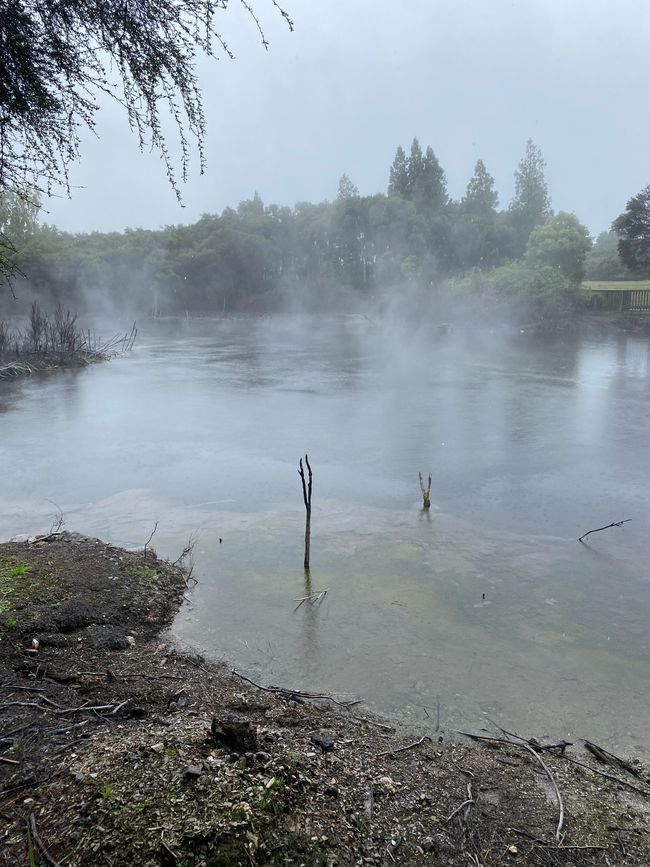
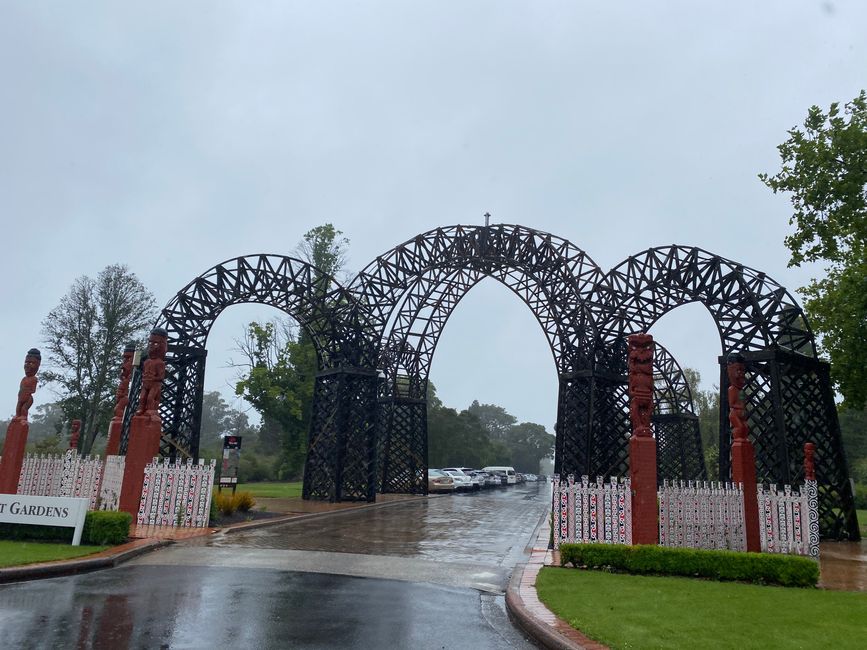
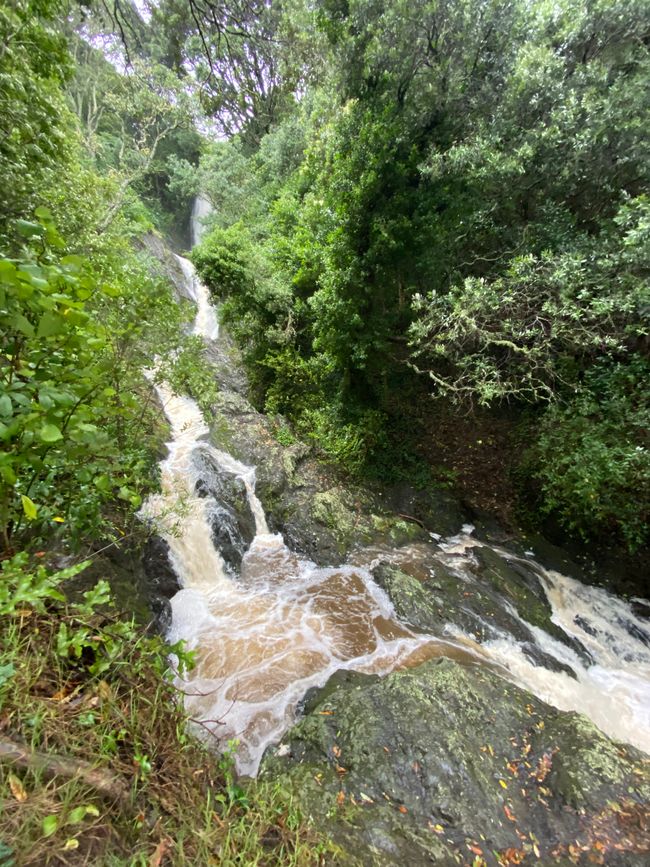
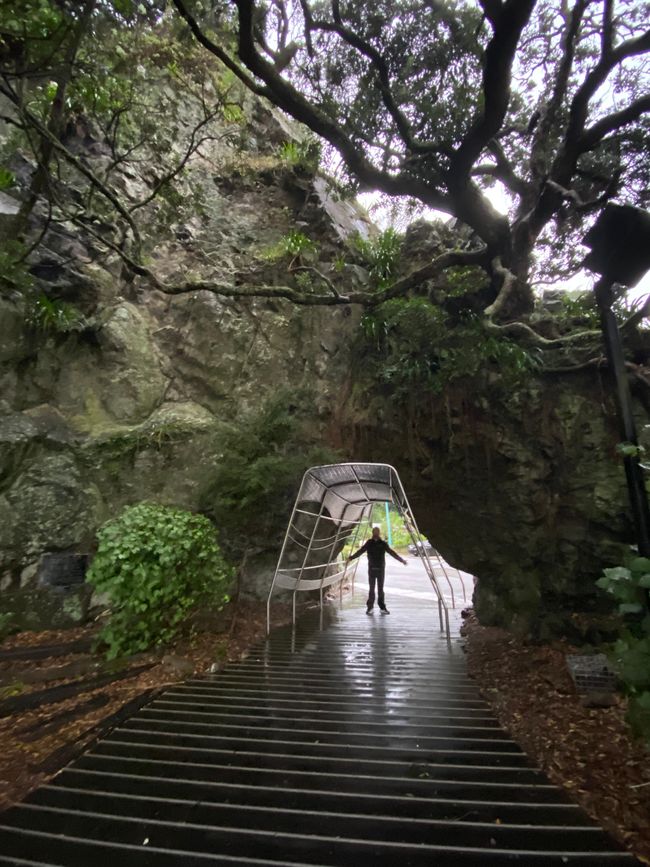
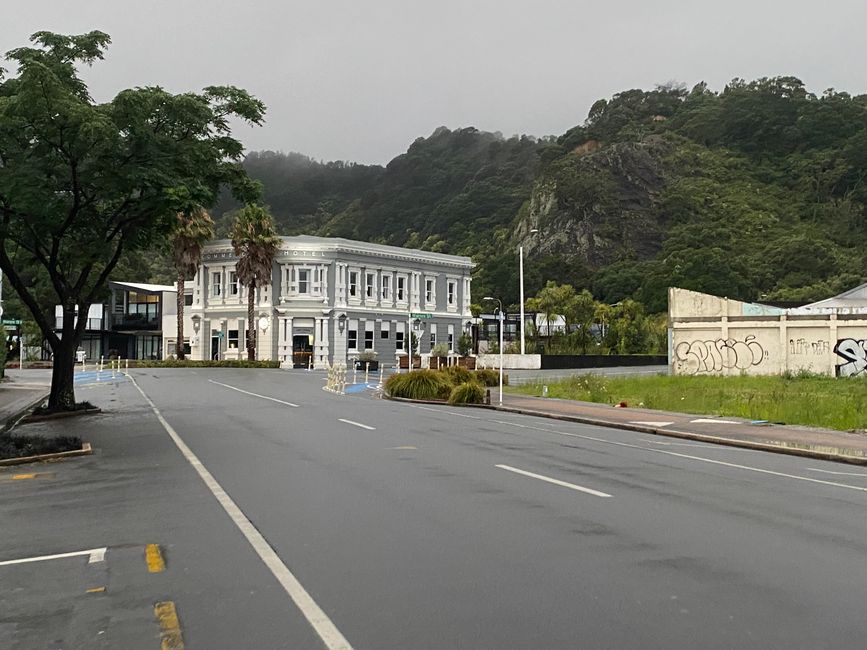
വാർത്താക്കുറിപ്പിലേക്ക് സബ്സ്ക്രൈബ് ചെയ്യുക
Actually Rotorua has a lot to offer, but in pouring rain all outdoor activities lose their shine. We decide to take a tour through Te Puia. Here we are first taken to the Kiwi Conservation Centre. Kiwis are the national birds of New Zealand and unfortunately, they are endangered. They live in dense forests, build burrows, and are nocturnal. Before colonization, they had no natural enemies, so according to legends, they cannot fly. However, the kiwi population has declined significantly due to dogs, cats, and stoats. At the Conservation Centre, currently three kiwis live in darkened areas. Kahu and Keeva are supposed to be paired. Keeva is now three years old and therefore sexually mature. However, since kiwis engage in strong territorial fights, they are currently being accustomed to each other. The enclosures are next to each other, so the two can hear and smell each other, but currently there is still a fence. Little Ketekete will be released into the wild soon as he now weighs 1 kg and is strong enough to defend himself against potential predators (the survival rate in the wild for juveniles under 1 kg is only 5%). Currently, a suitable territory is being sought where there are no territorial fights. We can watch Kahu and Keeva go in search of food and walk through their enclosures. Unfortunately, we are not allowed to take pictures in order not to disturb the birds. Finally, there is hardly any light so that the kiwis continue to think it is night.
We continue our walk to The Blueys pool (Māori: Ko te Blueys), a geothermal area, and have a look at one of the largest geysers in the southern hemisphere, Pōhutu, which shoots up to 30 m of water in an eruption. In the area, we see many other geothermal pools bubbling and steaming.
Next, we are taken to the Pikirangi Village, which shows how the Māori lived before colonization. Then we watch students at the New Zealand Māori Arts and Crafts Institute working on wood, stone, and bone traditionally to create sculptures, wall decor, and jewelry.
The rain is getting stronger, and we wait a little before we continue to Kuirau Park. This is also a geothermal area.
At the Government Gardens in Rotorua, we just drive by in the car. By now, our rain jackets have given up, and our sleeves are soaked. We now drive on to our accommodation in Whakatāne. There, we settle into our room and let our clothes dry a bit.
We walk around Whakatāne and discover the Wairere Falls. We also come across some rock formations, including Te Arikirau. In the evening, we make noodles in our motel and hope for better weather.
വാർത്താക്കുറിപ്പിലേക്ക് സബ്സ്ക്രൈബ് ചെയ്യുക
ഉത്തരം

യാത്രാ റിപ്പോർട്ടുകൾ ന്യൂസിലാന്റ്
